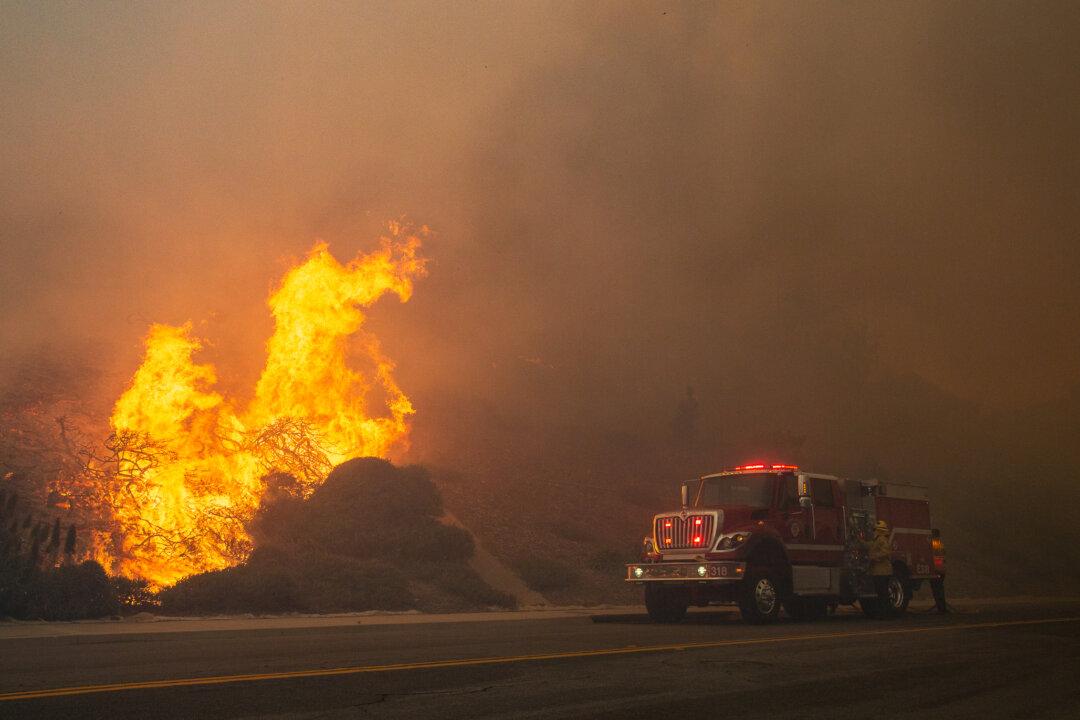Orange County filed two lawsuits Oct. 2 against Southern California Edison alleging the company acted negligently in maintaining its equipment, which in turn caused the ignitions of two wildfires causing acres of damage and massive evacuations in the region.
One suit, filed against Edison and T-Mobile, alleges the Silverado fire in October 2020 was caused by one of T-Mobile’s wires falling onto one of Edison’s conductors.




